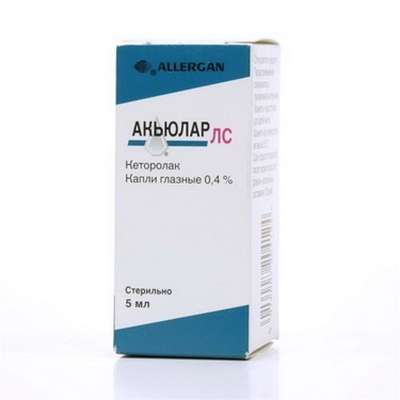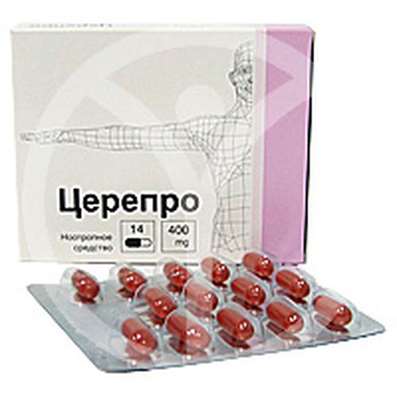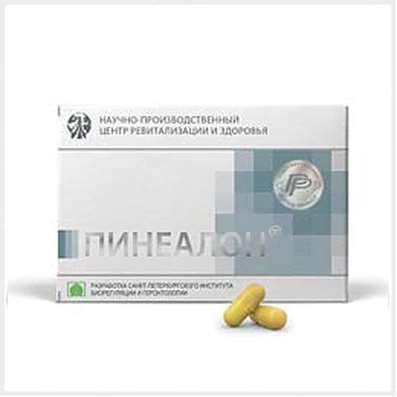Colibacillus
02 Nov 2016
Bioinformatics tells about genome of Escherichia coli, pathogenicity, Yersinia pestis and anthrax. What are the characteristics of the genome of different strains of E. coli? What accounts for the outbreak of intestinal diseases? And how bacteria become pathogenic properties?
Escherichia coli is a standard laboratory object, apparently, the most studied creature on earth. At first sequenced genome of a standard laboratory strain. It was known that laboratory strains, the lines that have been identified at different times, a little different from each other. Some people know how to eat it with sugar, while others can not. Actually, they are so distinguished and biochemical features. Then sequenced genomes, identified the first well, and then identified the second and third and were surprised because it was found that the genomes of E. coli may differ from each other by a third.
One E. coli lives in the intestines, where it is small, and it does not bother anyone. The other E. coli into the intestine and begins dysentery and all the rest. She is able to produce a toxin that irritates the skin cells, and there is a local inflammation. Or she can make a protein, through which can cling tightly to the epithelium, and again produces a toxin, there is a local inflammation. Generally, these genes are non-universal, or E. coli would universal pathogen. They are different in different strains, and they determine the clinical manifestations. To support digestive system of the human body – you need to buy Peptide complex 16 10ml for helps restore digestion, Peptides (Cytogens) Ovagen.
The ability of bacteria to acquire pathogenic properties are different in different species, and, apparently, the vast majority of bacteria that live with the person no such chance. And among the beautiful examples of this came about - E. coli, from time to time become pathogens. This plague, Yersinia pestis Yersinia pestis, she of Shigella, it is a recent clone, a group of related strains, which stood out from an entirely different Yersinia - their ancestor of Yersinia pseudotuberculosis, a milder disease. And, apparently, the most glaring example - is anthrax, Bacillus anthracis, because it is also a clone, clone completely harmless soil bacterium Bacillus cereus. She has two son: anthrax in humans and mammals, there is a pathogen is very dreadful disease of insects that kills all sorts of Colorado beetles.

 Cart
Cart





